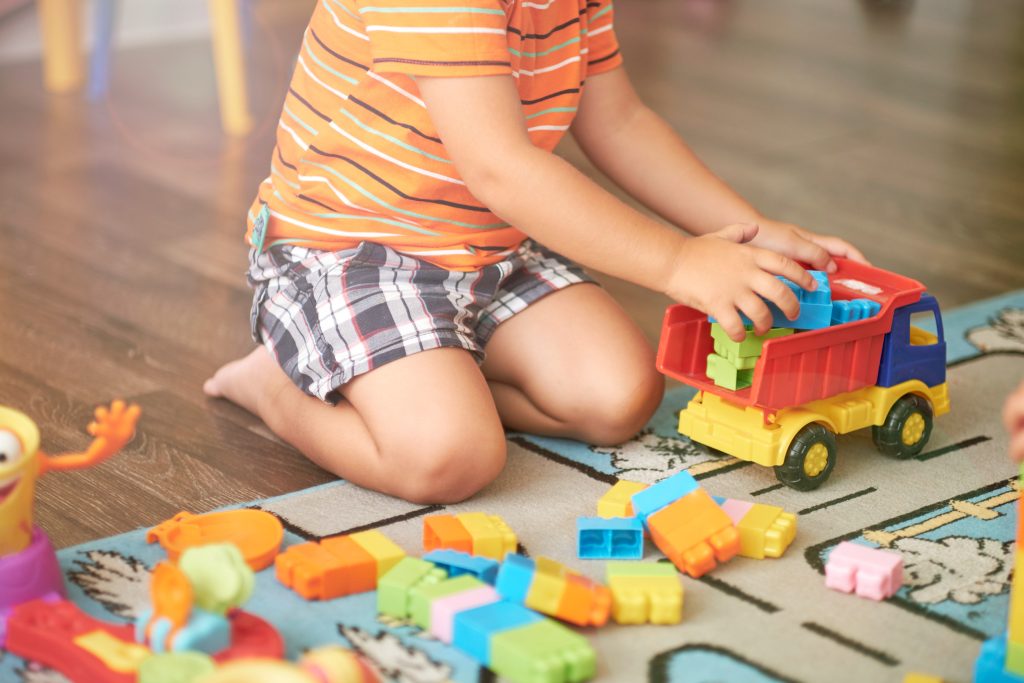
In everyday life, it’s still common to see toys divided into ‘boys’ toys’ and ‘girls’ toys’ in shops. Robots and cars are often placed in the ‘boys’ section’ while dolls and kitchen sets are found in the ‘girls’ section’. But do toys really need to be categorised by gender?
In 2012, a group of concerned parents in the UK launched a campaign called Let Toys Be Toys. Their goal was simple: to encourage retailers to stop using gender labels on toys and allow every child to freely explore their interests—without limits.
Observing a Problem—and Taking Action
These parents noticed that some children hesitated to play with toys they truly liked simply because the packaging stated it was ‘for boys’ or ‘for girls’. They believed these labels could undermine children’s confidence and limit their interests at a young age.
Instead, they proposed classifying toys by themes such as science, arts, construction or role play—giving children the chance to choose based on what excites them, not outdated ideas about gender roles.
When Parents Spoke Up, Retailers Listened
The campaign grew through letters, petitions and powerful online stories. Several major UK retailers—such as Boots, Marks & Spencer and The Entertainer—responded by removing gender-based labels and reorganising toys by function rather than gender.
One viral example involved a mother whose daughter wanted a Superman alarm clock, only to find it labelled ‘for boys’. After she posted a photo online, the post gained widespread support, prompting the store to apologise and remove the label.
Why Does It Matter?
Some may ask, “It’s just a label—does it really matter?” But these labels can make children feel that certain toys aren’t meant for them, discouraging them from trying new things or developing new skills.
For instance, a girl might feel out of place reaching for a science kit in the ‘boys’ aisle’. A boy who wants to play with a doll might feel embarrassed or teased. These experiences can shape children’s confidence, curiosity and even how they define themselves.
The United Nations Sustainable Development Goal 5 (SDG5) calls for gender equality, which includes the right to make choices free from stereotypes and limits based on gender.
A Global Movement Takes Root
Following the UK’s lead, other countries launched similar initiatives. In Australia, the No Gender December movement encourages parents to choose toys based on interest, not gender—particularly during the festive season.
In the United States, retailer Target removed gender-based toy signage, allowing children to browse freely. The UK also expanded its focus through Let Books Be Books, urging publishers to stop promoting books as ‘for boys’ or ‘for girls’.
Equality Means Letting Children Choose
Let Toys Be Toys isn’t just about toys—it’s about respect. Respecting children’s interests. Respecting their right to explore. And respecting the fact that toys should not define who they are.
Every child, regardless of gender, should feel free to play with what brings them joy. When we stop assigning gender to toys, we give children the confidence to be themselves—and that’s where real growth begins.
Because equality doesn’t mean treating everyone the same. It means letting everyone become who they truly are.
About SDGs


SDG 5 Gender Equality
Achieve gender equality and empower all women and girls.

